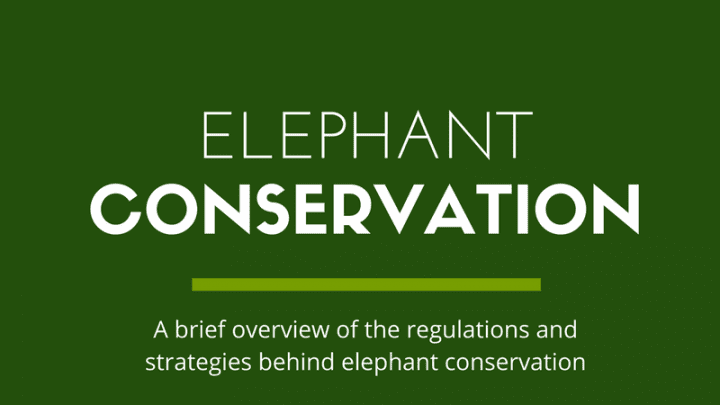Conservation
We have lost 60% of all forest elephants in the past decade
Forest elephants are disappearing at a frightening rate. More than 60% were lost in just the recent decade and more than 12,000 are killed each year for their ivory. While the picture is grim, there is considerable hope for forest elephants – if we make the right decisions now!
A major problem for the conservation of forest elephants is a lack of information. Not only do we know little about the temporal and spatial distribution of elephant populations, but data are also poor concerning these patterns in terms of elephant poaching. Both are critical to plan and carry out effective conservation and anti-poaching programs. In Central Africa, the vast forest cover requires a means to prioritize where protection is most needed or would be most effective, and this requires knowing the hotspots of poaching activity, and where and when elephants are most vulnerable.
Forest elephant conservation is really in its infancy and the survival of this species requires action to reduce the rampant poaching, increase true protection in national parks and reserves, and deal with increasing human-elephant conflict through education and management. To do this we need better integration of data from research into fact-based decision-making, effective anti-poaching strategies, a focus on supporting and/or increasing capacity in the local scientific community, and communicating the needs and value of biodiversity from the local primary school all the way to an increasingly jaded worldwide community.








